“I don’t think there has ever been a more important vehicle in Volvo’s history,”
That is how Volvo’s New Zealand boss, Steve Kenchington, described the XC90 at its recent media launch.
In fact, he thinks the big SUV is so important to Volvo in New Zealand that he saw the launch as not just a launch of a single vehicle, but as a relaunch of the brand as a whole. The XC90 certainly is the vehicle that will see Volvo charge headfirst into the hyper-competitive “European Luxury” territory and, as such, is very much a new dawn for the brand that not so long ago had us all questioning its chances of survival.
Not only did it survive, thanks to investment from Geely, but it has also thrived under its new Chinese ownership. The XC90 is the result of that new thriving Volvo’s outlook on things.
We headed along to the local launch to check out Volvo’s future.
What is it?
Apart from being the vehicle that leads the way for Volvo’s brave new future, the XC90 is also its entrant into the large luxury SUV segment, populated by the likes of the BMW X5, Audi Q7, Mercedes-Benz ?? and, of course, the Range Rover and Range Rover Sport.
This is a fairly rarified atmosphere to play in, and as such, the XC90 comes out swinging with some serious specification as standard and lands in the country in three trim levels; Momentum, Inscription and R-Design.
Download the full specs of the XC90 here: XC90 specs
The XC90 comes with a choice of three powertrains – the D5 2.0-litre inline four-cylinder diesel twin turbo, the T5 2.0-litre inline four-cylinder petrol supercharged/turbo and the T8 Twin Engine hybrid.
The D5 diesel is available across all models and pumps out an impressive 165kW of power and 470Nm of torque. It will propel the XC90 from 0 to 100km/h in 7.8 seconds and returns an average fuel consumption of 5.8L/100km.
The T6 supercharged/turbocharged petrol engine is available in the Inscription and R-Design models and packs 236kW of power and 400Nm of torque to punch the XC90 to 100km/h in 6.5 seconds. Volvo claim an average fuel consumption of 8.0L/100km.
There T8 Twin Engine hybrid uses the T6 twin-charged petrol engine and adds a 65kW electric motor into the mix. The T8 will hit 100km/h in an impressive 5.6 seconds, while returning an even more impressive 2.1L/100km. The T8 is available in Inscription and R-Design models.
All three drivetrains use an 8-speed automatic transmission to transmit the power to all four wheels.
What’s it like?
The new XC90 is a truly, deeply impressive vehicle.
Most obviously, it looks sensational – the big, blunt nose clearly shows of Volvos future styling direction, yet all around the car there are hints of current and past Volvos, with the rear nicely continuing the look of the previous XC90, but still staying nicely in touch with the front at the same time.
The absolute highlight of the exterior (particularly for someone with the maturity of a 12-year-old boy, such as myself) is the brilliant layout of the LED headlights and indicators that Volvo particularly brilliantly calls “Thor’s Hammer”. Yelling out “I have dispatched you with Thor’s Hammer” as you pass another vehicle simply never gets old…
But then move inside and you will find one of the best interiors in a car today.
Incredible attention to detail, exquisite workmanship and impressively high quality materials make the XC90’s interior a thing of beauty, while the incredibly comfortable seats and brilliantly minimalist design win you over completely.
Thanks to the large 9-inch Sensus touchscreen that dominates the centre of the dash, the XC90 keeps the number of buttons to an absolute minimum – just 8 compared to a rival’s total of 38 – with virtually every function taken car of via the intuitive touchscreen interface.
While in some cars, this is confusing and frustrating, the Sensus system is remarkably intuitive and simple to use, with the fast and responsive touchscreen taking a big part of the credit for this.
The XC90’s ride is utterly faultless on the optional ($3,990) air suspension, with handling that is best described as surprising for something so large and tall.
On the standard steel suspension however, things are not so faultless, particularly on the larger wheel options available. Although we were informed after the launch that one of the vehicles we drove had over-inflated tyres, the slightly harsh edge to the ride and a slightly unsettled feel to the rear as it reacted to bumps if there was any attitude on the vehicle at all was a downside.
While not a downside big enough to put us off the XC90, we would advise either avoiding the larger wheels or spending the money on the air suspension. Actually, we would recommend getting the air suspension anyway, so fantastic was the ride with it equipped. Plus you also score several different modes that either firmed the car up for attacking corners, of went nice and soft for remarkable comfort.
While we didn’t get to drive the T8 hybrid on the launch, the diesel engine quickly emerged as our favourite, for two main reasons – the extra torque of the diesel was a better thing to have than the petrol’s extra power, and the noise that the diesel made was preferable to that of the petrol. The logic there being a diesel, by and large, sounds like a diesel, regardless of cylinder count, while a 4-cylinder petrol always sounds like a 4-cylinder petrol – and that just didn’t sound right in a large SUV.
Not that the petrol was lacking in pulling power – if you didn’t know it was a four, it would really only be the sound that would give it away. The responsiveness and power were, quite frankly, staggering for a 2.0-litre 4-cylinder engine.
If ever there were a reason for an artificial sound for an engine, it would be here and not in performance cars!
What’s good about it?
So much. It looks fantastic, has one of the best interiors around and is superbly well built. It has a staggeringly good audio system that is only overshadowed by the utterly amazing optional ($3,990) Bowers & Wilkins audio system. Even the base model is packed with standard equipment. The ride with the air suspension is utterly impeccable. The engines are powerful and frugal. And best of all, it is priced below all of its obvious competition.
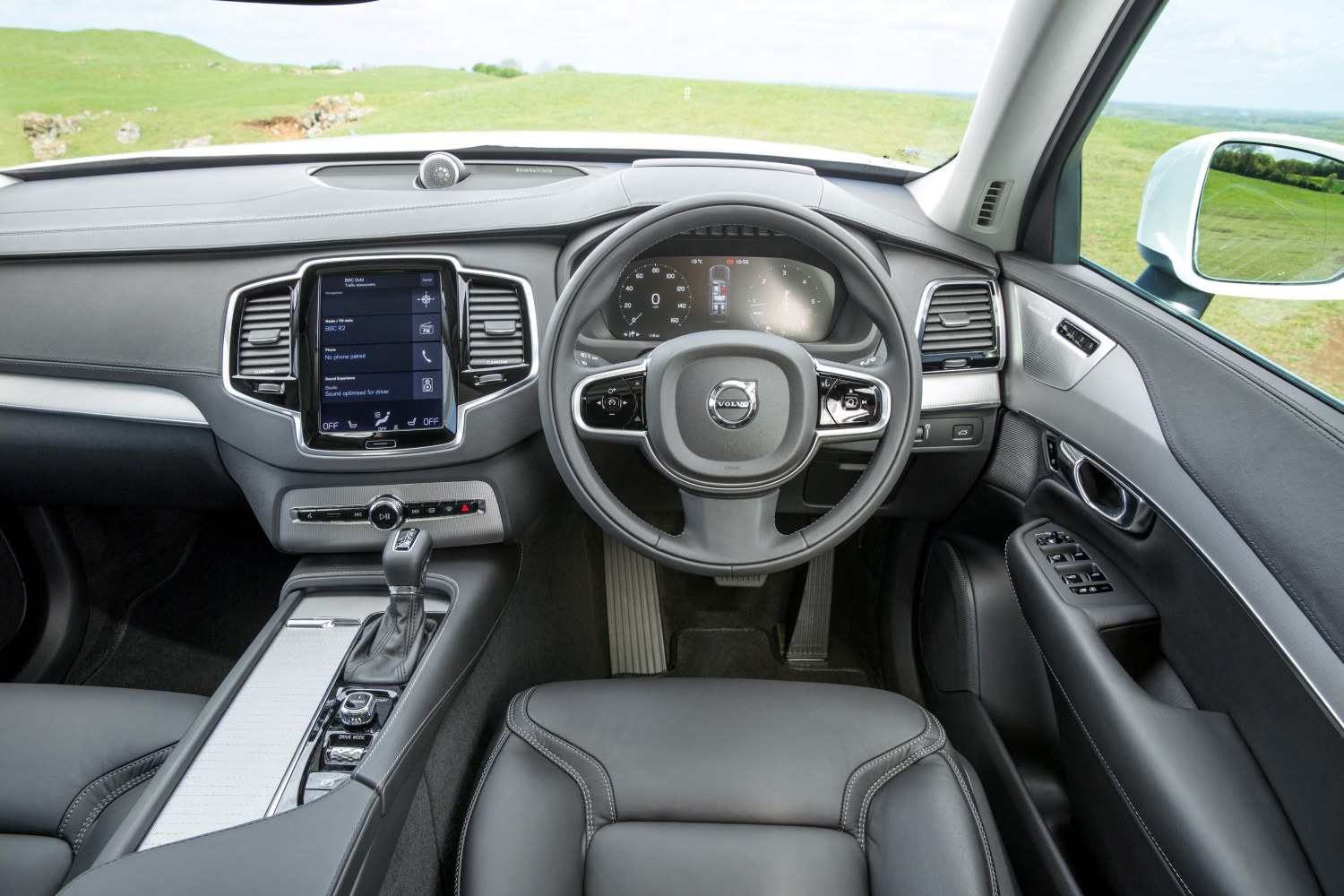
What’s not so good?
The ride quality on the standard steel suspension isn’t anywhere near as stunning as the air suspension. The petrol engine sounds too 4-cylinder-y for a large SUV. We can’t get the B&W audio system out of the car and into our lounge…
First impressions?
During a single day driving the XC90 in several different guises, we fell utterly in love with it.
Even the slightly imperfect ride on big wheels and steel suspension couldn’t tarnish the shine, and the knowledge that dropping another $4K on it would not only banish the niggles, but transform it into something quite special was more than enough to convince us.
Drop another $4K to get the B&W audio system and you would have a car that was not only fantastic to live with on a day-to-day basis, but also one that you could travel the length of the country in and actually feel more refreshed at the end of the journey.
That would place a top spec diesel D5 Inscription model at just under $113,000 and we would really struggle to think of a better car for that kind of money.
While we didn’t get to drive the T8 Twin Engine hybrid on the launch (they arrive later this year) we can only imagine that the added power will only do good things for the XC90, although the pricing then starts to get close to some of the better offerings form BMW, Mercedes and Audi then. It will be very interesting indeed to see how that stacks up.
Models/prices
XC90 Momentum
D5 – $97,900
XC90 Inscription
D5 – $104,900
T6 – $110,900
T8 – $134,900
XC90 R-Design
D5 – $106,900
T6 – $112,900
T8 – $136,900
For full specifications of the Volvo XC90 click here.

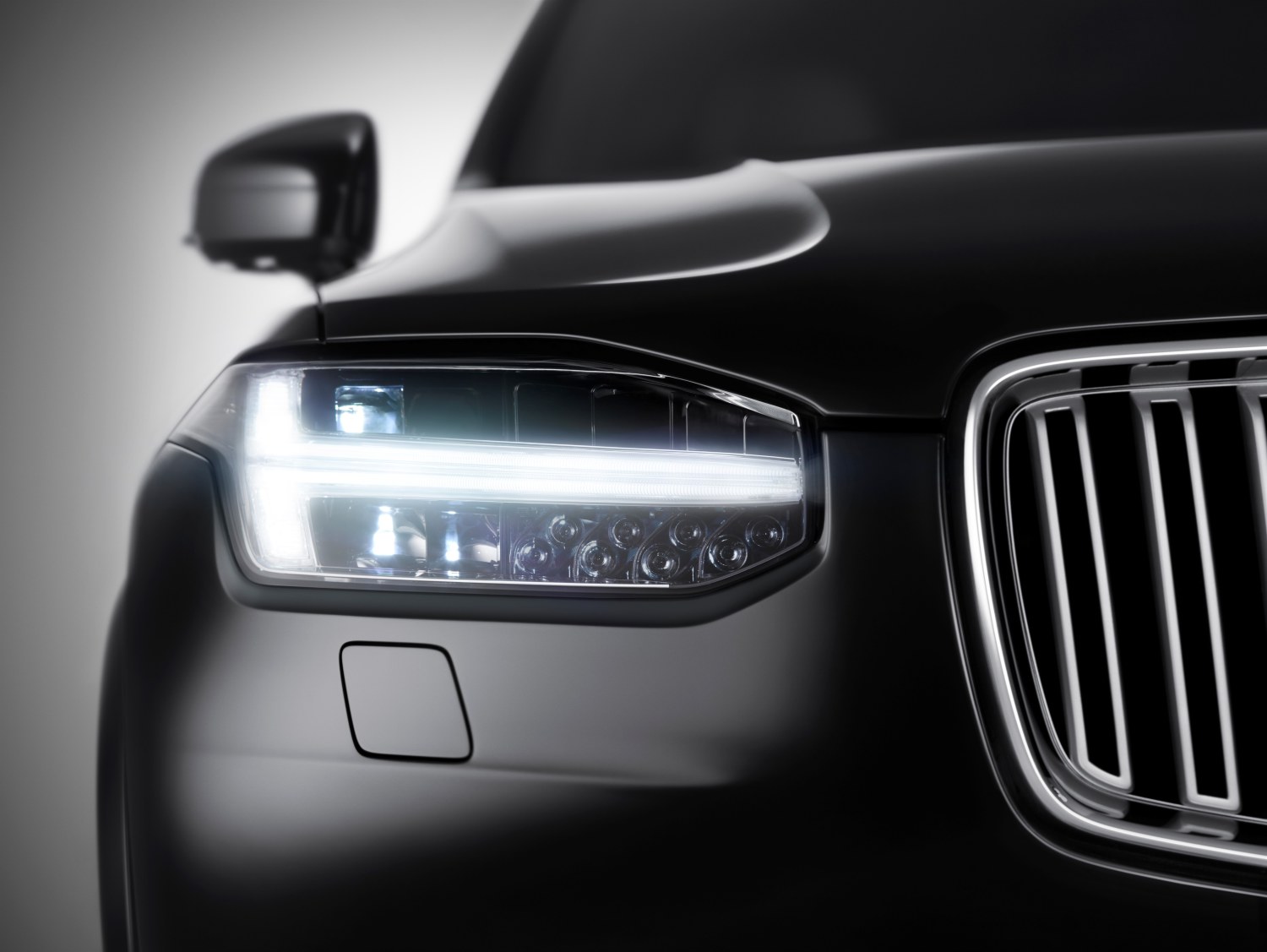
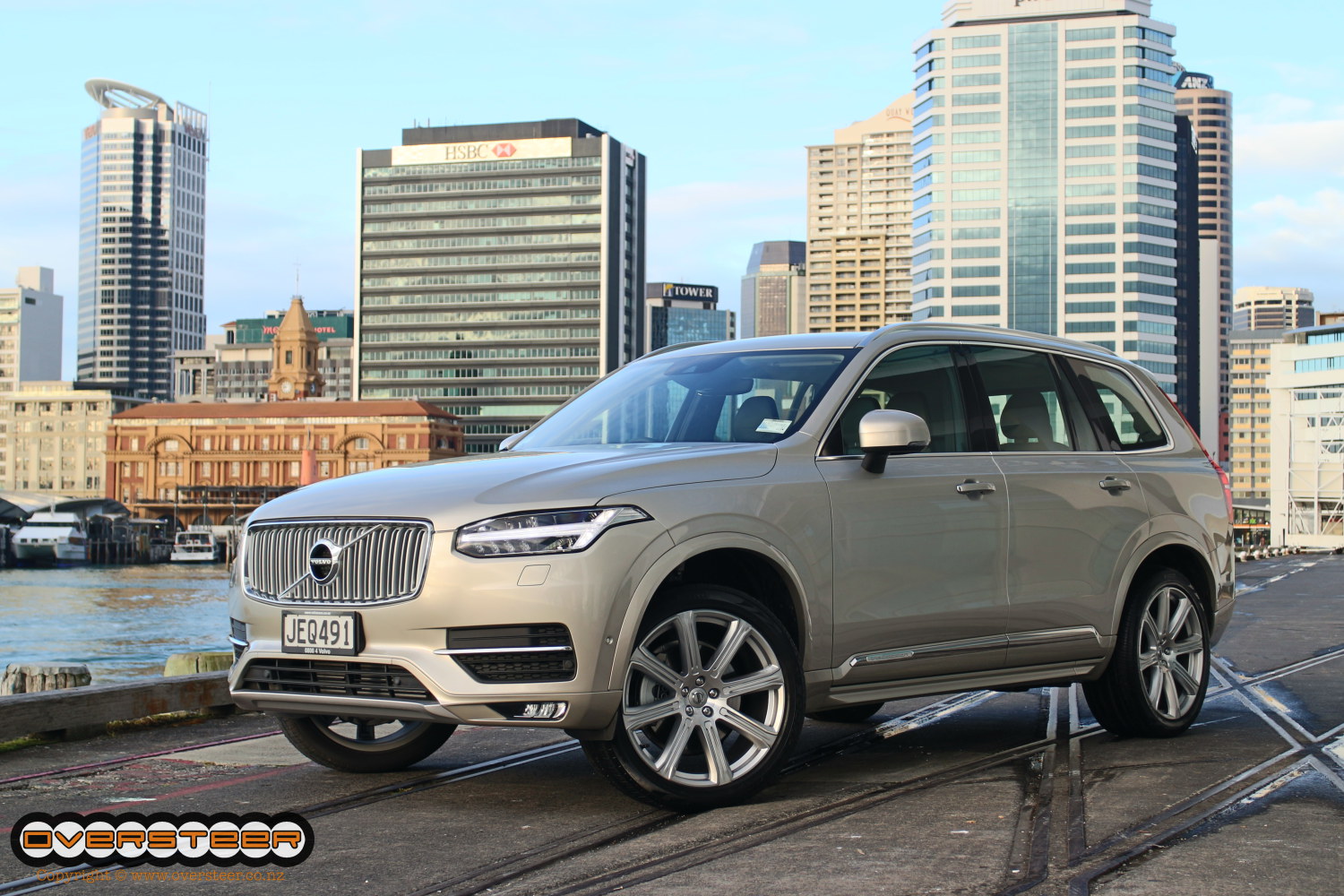
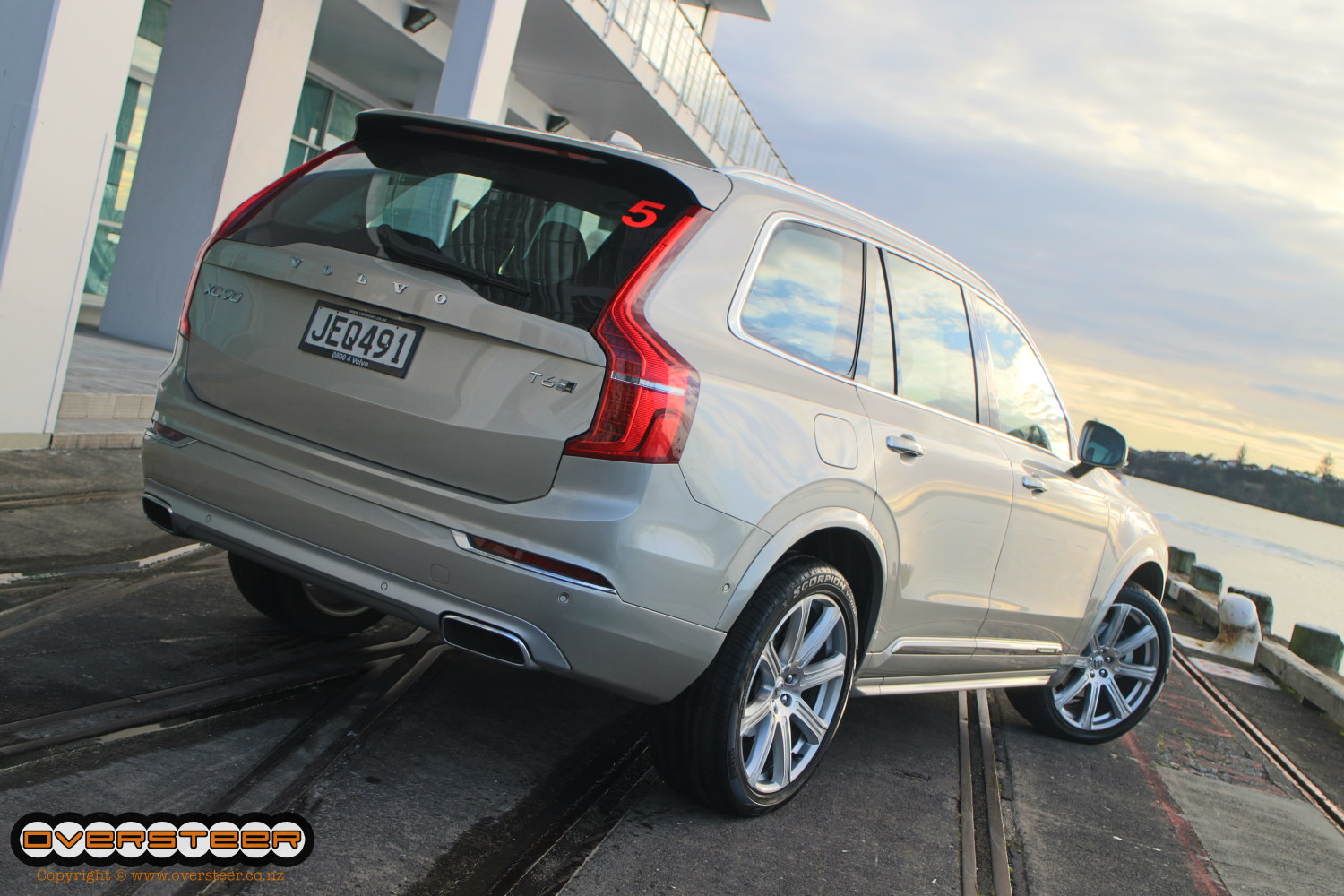
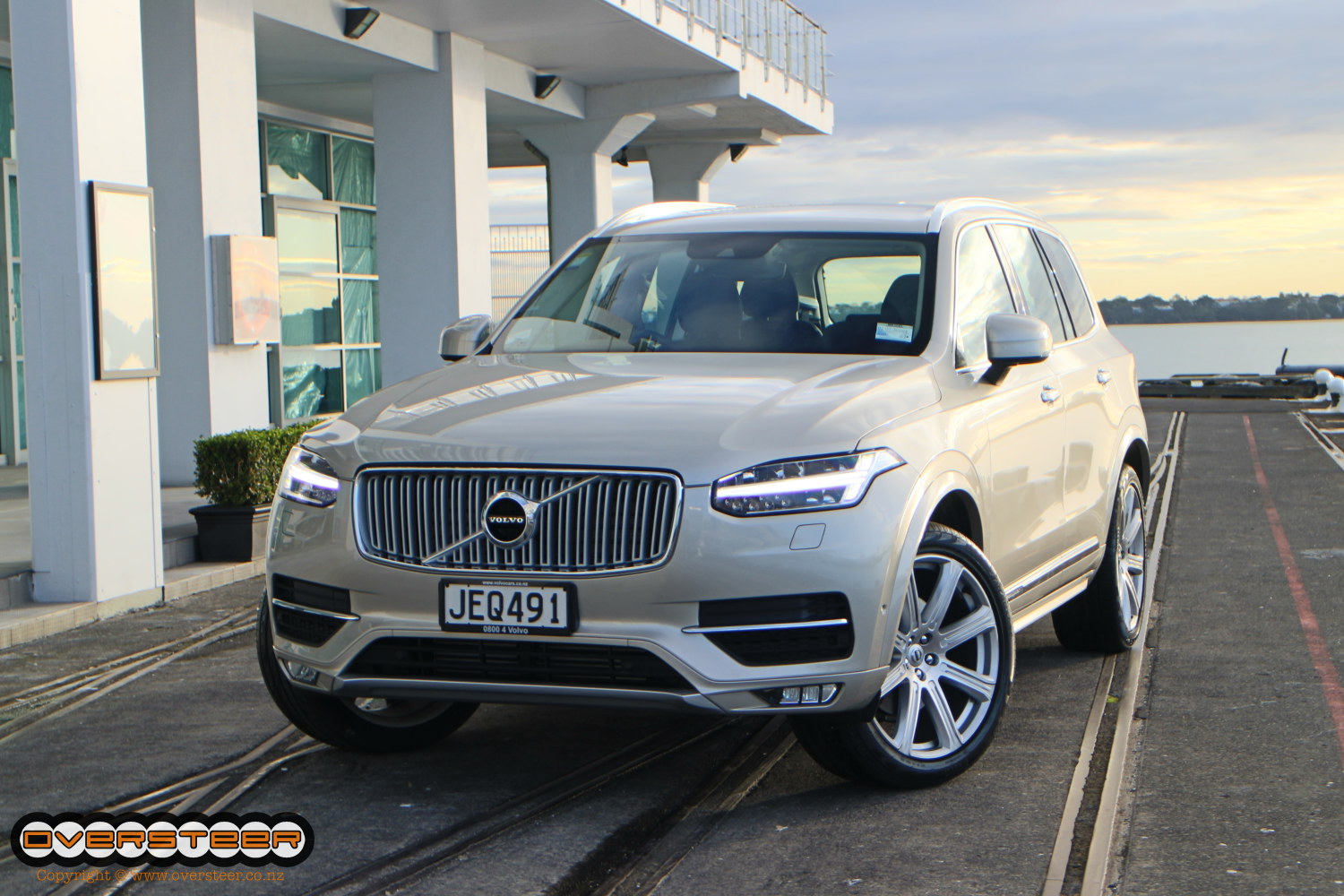
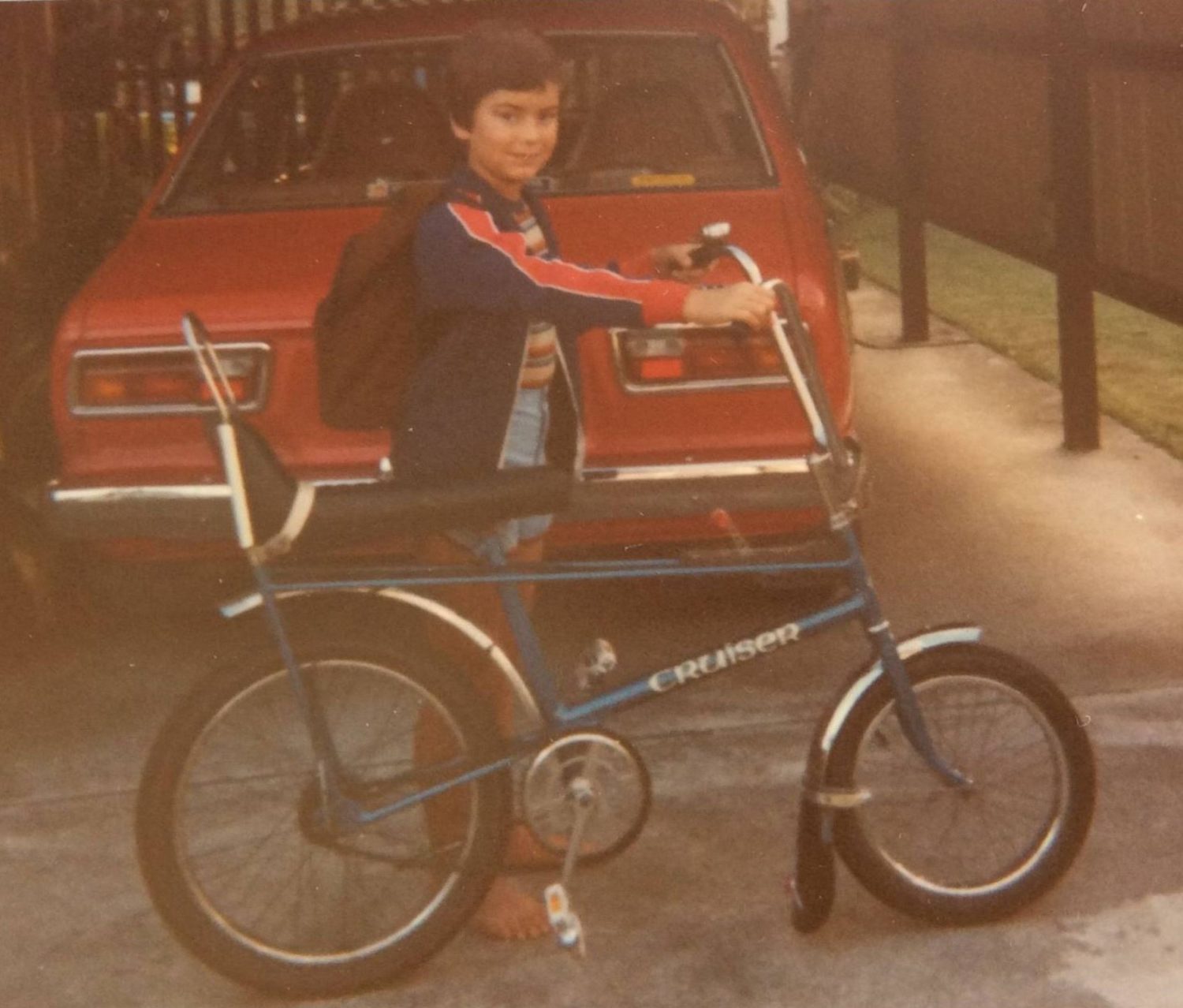
You must be logged in to post a comment.